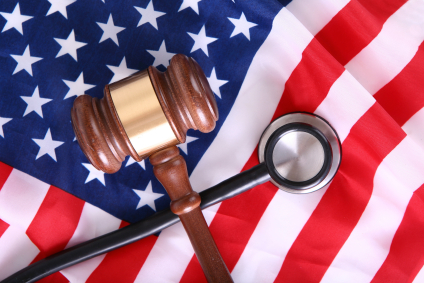When the Affordable Care Act was passed in 2010, backers promised it would provide more affordable, accessible and comprehensive health care and insurance coverage for all Americans, including 30 million people without health insurance. However, when this complex law is fully implemented in 2014, there will be winners and losers in the health services industry.

Among the law’s potential winners are hospitals, which stand to benefit in several ways. Newly insured patients may seek more tests and non-emergency treatments at hospitals for chronic conditions, boosting patient volume. At this point, there are no provisions in Obamacare that will restrict what hospitals can charge for services, and prices are expected to continue on their upward spiral. In addition, it’s possible that fewer people will show up in emergency rooms for conditions that could have been treated more cheaply earlier on. Urgent care is the most expensive form of medical treatment, and uncompensated care has been a big financial drag on hospitals, totaling around $40 billion annually.
Retail pharmacy chains are also expected to gain as an influx of new patients with pent up demands flood into their stores. These chains, like CVS and Walgreens, do more than fill prescriptions; they also provide flu shots, vaccinations and low-risk medical devices. The profits of generic drug makers, whose medications are sold in pharmacy chains, are also expected to increase. Health insurers will continue to control costs by pushing generics to keep premiums low.
As more people seek care for illnesses, injuries, preventive screenings, and wellness care, the healthcare workforce stands to benefit greatly. From doctors to nurses to orderlies and IT techs, job prospects are looking good for the one in eight Americans who work in the healthcare industry. In fact, a big concern with the implementation of Obamacare is a rapidly growing doctor shortage that is expected when millions of new patients come onto the insurance roles – especially among primary care providers. Universities and their medical schools, nursing colleges and schools of public health are expanding departments or creating new programs to address future healthcare needs. All are expected to benefit from increased federal investments in education.
Things might be less rosy for medical device manufacturers who will pay a 2.3% tax on their products. Obamacare has been touted to provide millions of new customers for everything from bedpans to pacemakers and artificial hips (although one could argue that patients who need the latter two devices are often already covered by Medicare). And the tax is expected to cost the medical device industry $20 billion in the next decade.
The affect of Obamacare on Big Pharma is a matter of debate. The drug industry spent $150 million to lobby for the act’s passage, expecting to benefit from millions of new customers. However, the law mandates that drug makers provide higher rebates to Medicaid for prescription drugs, which might run as high as $20 billion over the next 10 years. Pharmaceutical companies must also pay new excise taxes on branded drugs, amounting to $30 billion by 2013.
